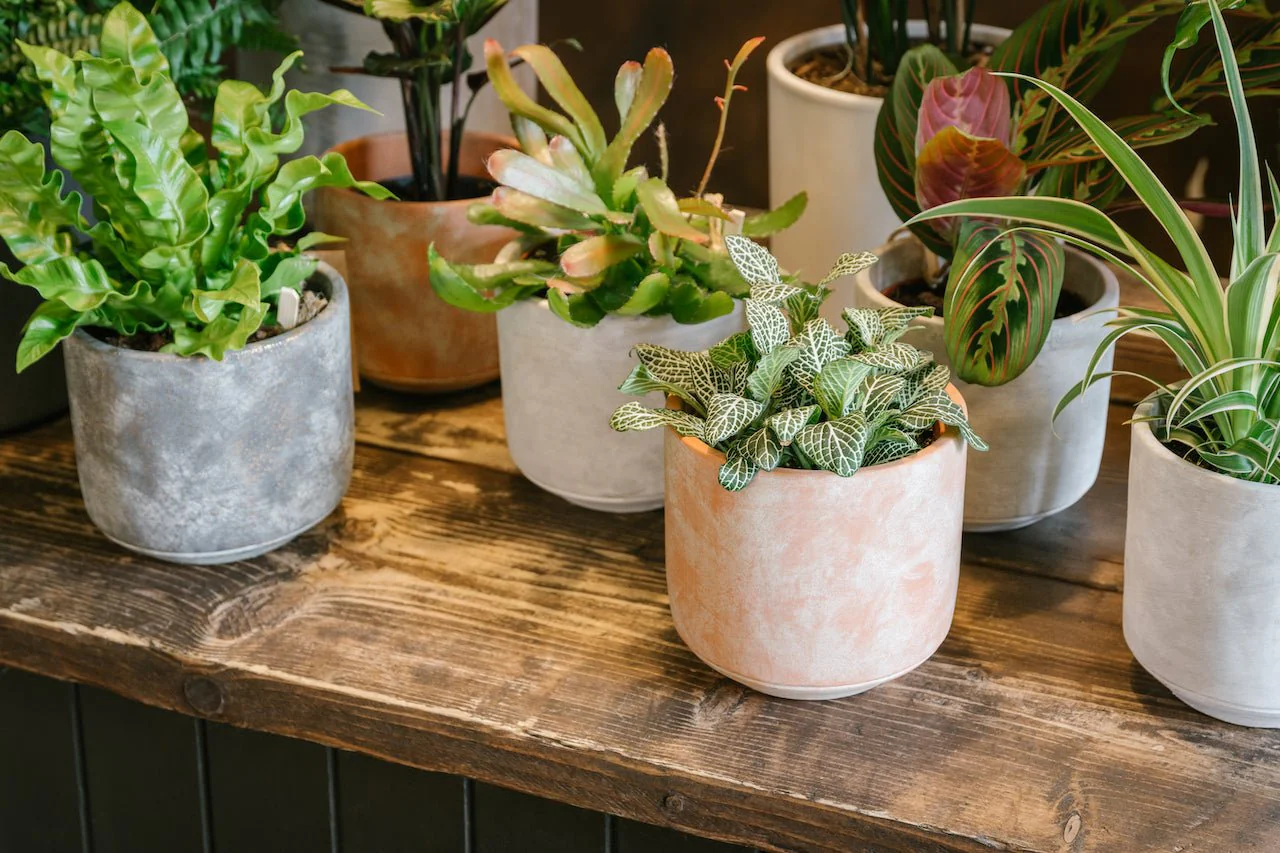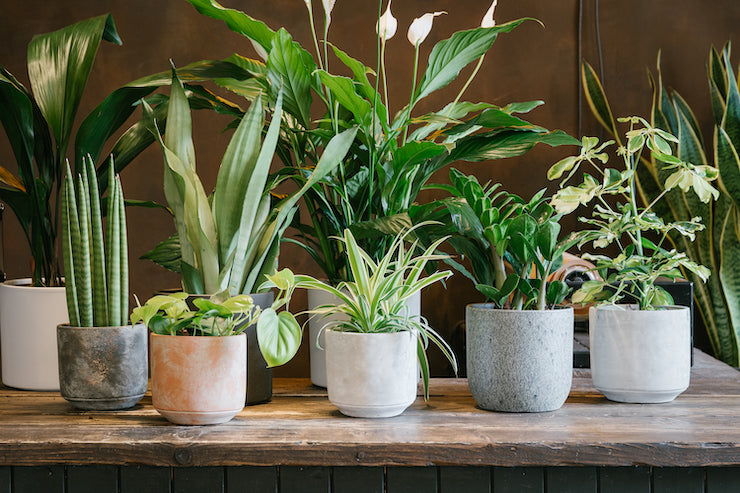
Common Plant Problems and How to Tackle Them
Sometimes we forget that plants are living things. If they aren’t happy with how we’re treating them they’ll be sure to let us know!
We want to make sure your plants are thriving in their new homes so here are some of our tips and tricks to common problems you may be experiencing at home.
Yellow Leaves
It is normal for an occasional lower leaf to turn yellow especially as these tend to be the oldest leaves on the plant. However, if you’re noticing it happening more regularly, then it could be a sign of a bigger problem at hand. Some causes could be:
Overwatering
This is one of the most common killers of houseplants. Watering times can vary from once a week to once every eight weeks so it is important to familiarise yourself with the care instructions on the labels that come with your plants.
See our video on ‘How to water your plants’ here
Lack of light
Check the care instructions for information on your plants ideal light conditions and then see if you can find a brighter spot, which replicates these conditions in your house. Sadly, no plant will survive in a room without a window as they need sunlight in order to photosynthesize and grow!
Dry/browning Leaves
This is usually due to a lack of humidity. Most houseplants are from tropical environments with higher humidity levels than we have here in the UK. Misting plants with water creates a humid environment and will keep your leaves looking lush! So, mist, mist, mist!
You could also consider:
- Positioning your plant away from radiators. The continual heat will create a dry environment and therefore dry out your plants leaves.
- Keeping your foliage plants out of direct sunlight. Direct light will scorch the foliage, particularly in south facing windows.
- Add a pebble tray. Pebble trays help increase humidity around the plant or place in a room that is more likely to have a higher level of humidity like a kitchen or a bathroom.
Black Spots on the Leaves
If you notice that the black spots are soft and dark brown, then overwatering is most likely the culprit here, sometimes surrounded by a ring of yellow. Cut back the leaves with these spots and allow your plant to dry out almost completely before rewatering.
To find out if your plant has suffered root rot from overwatering, you will need to pull the plant out of its nursery pots and check the roots. Healthy roots are creamy white/yellow and firm, rotten roots are black/brown and mushy and may have a damp smell. If this is the case you will need to perform some plant surgery! Cut away the worst of the rotten roots with clean sharp secateurs and leave out of a pot for several days to get some air to the healthy roots and allow it to dry out faster. Then, re-pot in some fresh well drained compost and hope for the best!
Curling leaves
Your plant is probably not warm enough. Make sure to keep it away from draughty windows, fireplaces, doors and floors. Can you position it somewhere a little warmer?
Dropping leaves
Very common in Ficus varieties, dropping leaves are often a sign of either over-watering or cold draughts. Make sure your plant is in a warm spot, away from cold draughts, and make sure that watering is appropriate for that particular specimen (and make sure that the roots are never sitting in water).
Pests
Pests aren’t as big of a problem for indoor plants as they are in the garden. However if you do notice some creepy crawlies on your plant, all hope isn’t lost. Make sure to try and identify them to make sure next steps are appropriate as some can be more harmful than others. If it is a problematic pest, ensure you isolate your plant from all others until you’ve managed the situation. Look at the surface of the compost, on the stems of the plant and on the back of the leaves to see whether you can identify anything. If you do see something, take a warm damp cloth and wipe each leaf and stem to remove as much as possible. Then take a pest spray, such as SB invigorator spray, and spray the leaves and top layer of compost. You may need to repeat this process serval times until the problem is managed.
Colder months
Autumn and Winter mark the beginning of the dormant season for houseplants. This means they will put out little to no growth during this time of year. It is also one of the most challenging times of year for our sun loving friends so you may need to reposition your plant into a sunnier spot. Make sure to increase misting with the radiators being on for longer periods of time. Reduce your watering schedule; plants don’t require the same amount of water during winter as they do in spring and summer, and Cacti need not watered at all between October and March! And finally, cut back any mature yellowing leaves.
Repotting
If you have taken the above advice and are still having problems, it could be a case of needing to repot your plant. Only don’t rush to buy potting mix and pots just yet; you need to ensure you’re repotting in the correct seasons of spring or summer. Check out our blog and youtube for more information and guidance on this.
Sometimes despite your best efforts, your plant may not make it. And that’s ok! Learning to care for houseplants is usually a case of trial and error. As you expand your collection, you’ll work out which kinds thrive best in your space and which types you should avoid or don’t suit your conditions. And sometimes, even if you’re the best plant parent in the world, things can still not work out. So do your best, don’t be disheartened and just try again!



